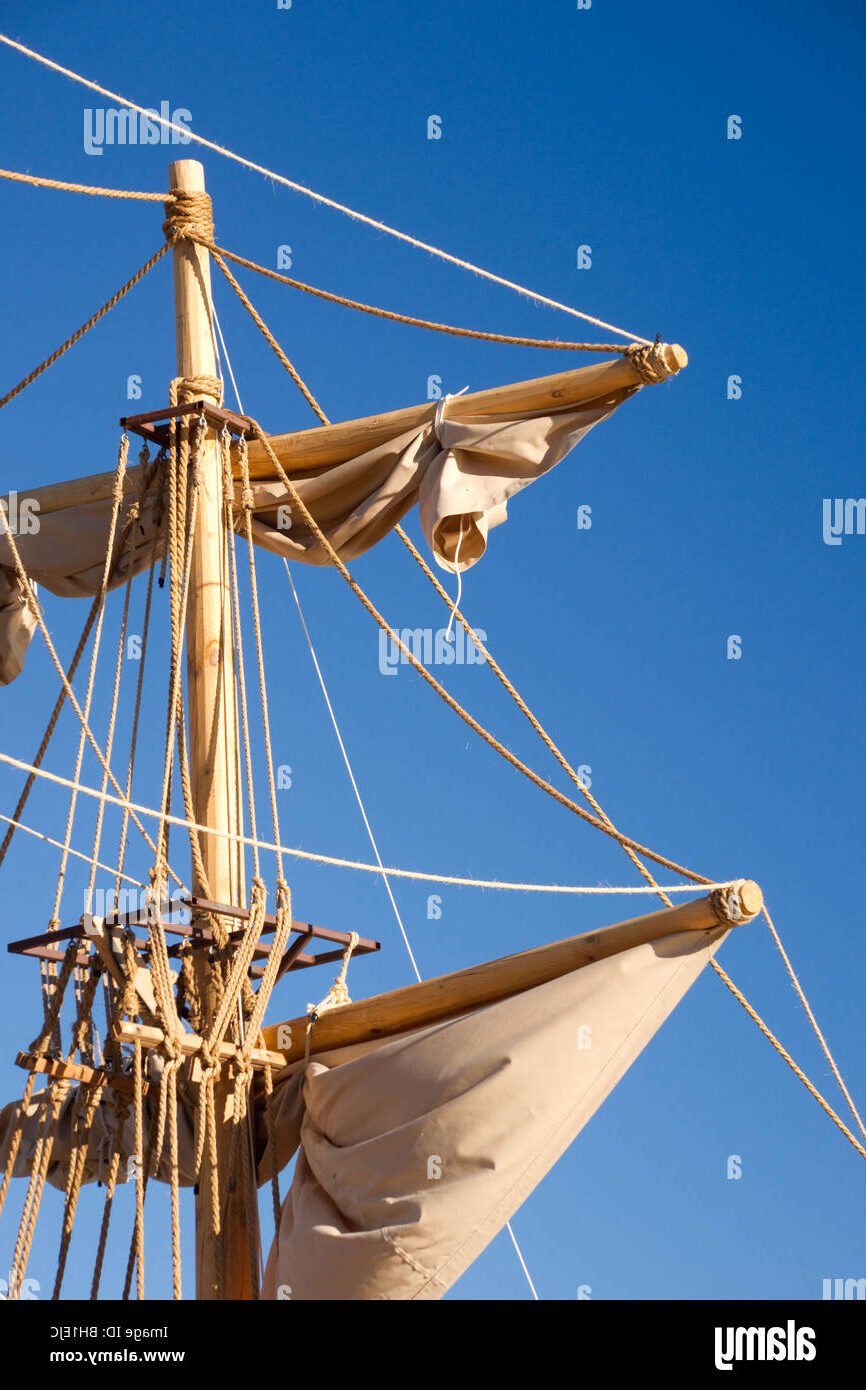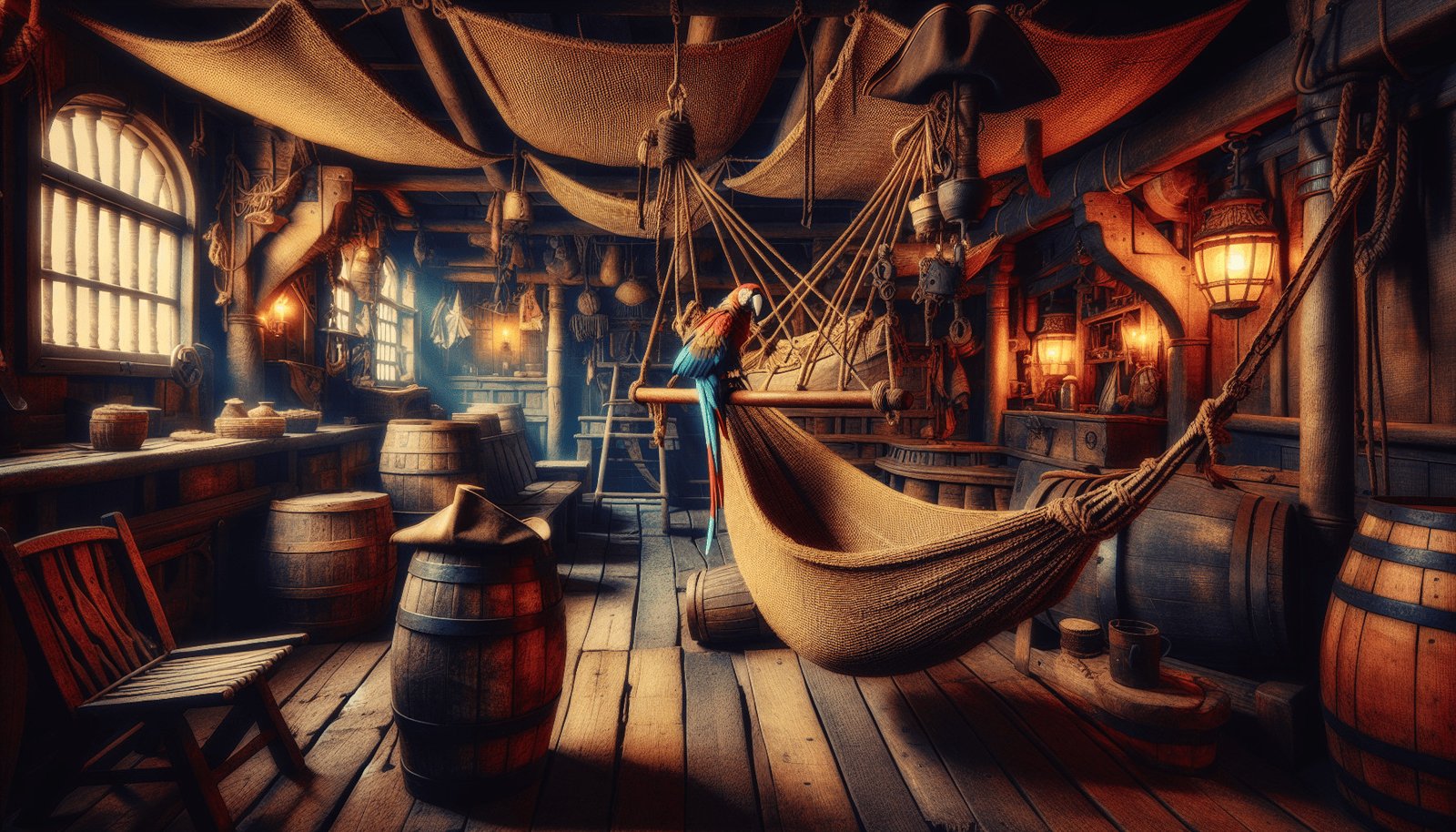## The Engineering Marvels of Piracy: Constructing the Masts of Pirate Vessels
While often romanticized, the life of a pirate was demanding and heavily reliant on the functionality and strength of their vessels. Amongst the most crucial elements were the masts – towering structures responsible for harnessing the wind to propel these ships across the open seas.
Choosing the Right Timber:
The construction of a mast began with the selection of the ideal wood. Strength, flexibility, and resistance to decay were paramount. Popular choices included:
* Pine: Lightweight and strong, pine was a readily available option. However, its susceptibility to sap issues posed a challenge.
* Spruce: This wood boasted impressive resilience and lightness, though it came at a higher cost.
* Fir: Known for its flexibility and durability, fir offered a good balance of strength and resilience. However, its weight could prove a drawback.
Pirates rarely had the luxury of choosing the “perfect” wood, often adapting to the materials most readily available in their location and time. The quality and preparation of the wood were crucial for ensuring a sturdy and reliable mast.
From Forest Floor to Deck:
Transitioning a log into a functional mast involved a laborious process requiring skill and precision:
1. Felling and Shaping: Cutting down a straight, tall tree was a significant first step. Then, branches were removed, and the trunk shaped into a tapered cylinder, akin to a surveyor’s rod.
2. Seasoning: A critical stage was the drying of the wood, a process that could take up to a year. Proper seasoning ensured the wood would be strong and less vulnerable to moisture damage.
Fine-Tuning the Structure: Rigging:
With the mast crafted, the rigging system was meticulously attached. This intricate network of ropes and cables, essentially the “musculoskeletal system” of the ship, controlled the sails and provided stability.
* Standing Rigging: These ropes, connected directly to the mast, acted as the vessel’s backbone, providing essential support and preventing collapse.
* Running Rigging: These ropes were dynamic elements, allowing for the adjustment and fine-tuning of the sails, ultimately dictating the ship’s direction and speed.
Mastering the art of mast construction and rigging was essential to a pirate ship’s success. These skills, often honed over years of experience, were instrumental in enabling pirates to navigate the treacherous seas and pursue their often-lucrative raids.
*
This revised version removes the humorous elements, adopts a more scholarly tone, and refines the information to be more accurate and engaging. It also incorporates relevant keywords for SEO purposes.








